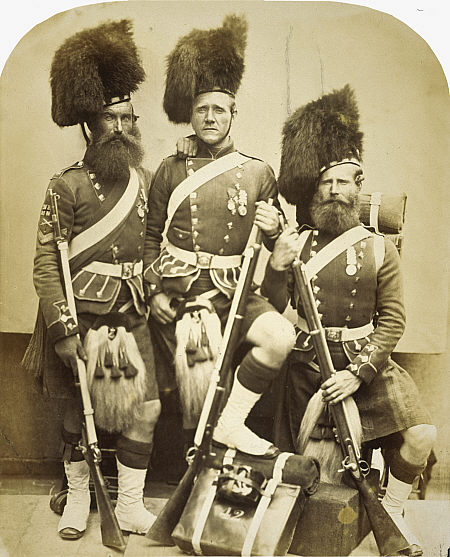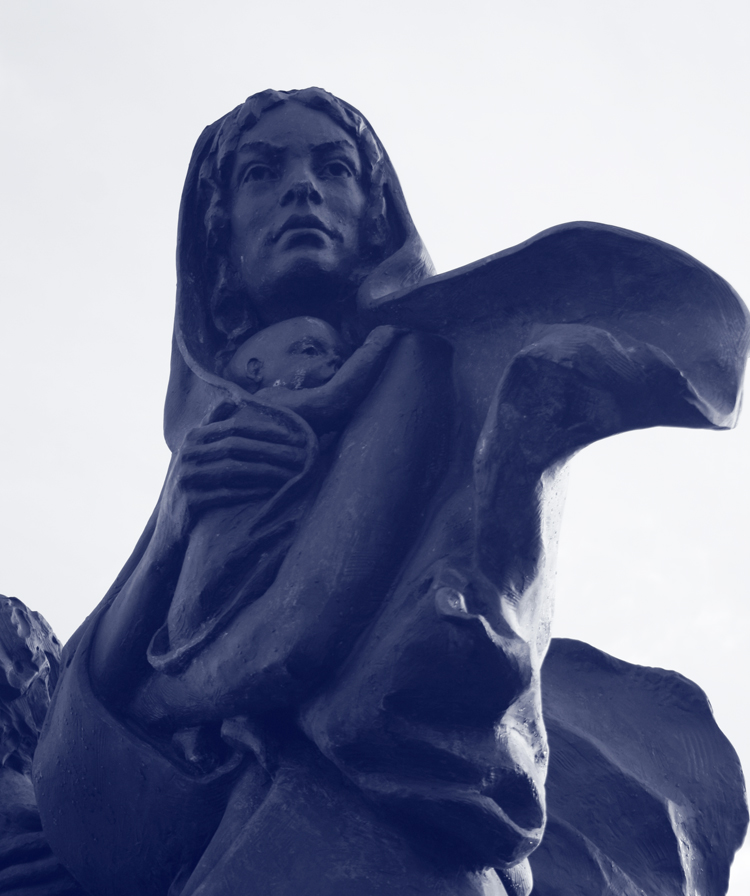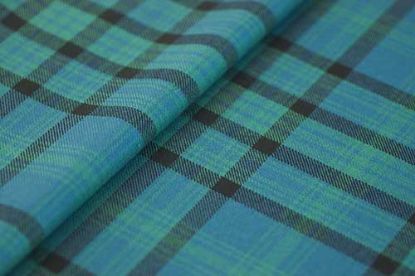Tracing Your Scottish Ancestry - Scots Connection.
 |
Crimean War Heroes |
Military records are another matter. From 1603, there are the muster rolls of the individuals who fought in the Scottish Regiments, and these are housed in the National Archives of Scotland. Several Scottish regiments have their own museums housing information about past units and the men who served in them. A copy of the published Army Lists, a microfiche index to the roll of service medals for the First World War, and a small collection of regimental casualty lists can be inspected at the National War Museum in Edinburgh Castle.
The General Register Office for Scotland holds the following armed forces records: the Army Returns (births, deaths and marriages of Scots at military stations abroad from 1881-1959); Service Departments Registers (births, deaths and marriages from 1959 outside the UK relating to Scots serving in or employed by HM Forces); and marriages by Army chaplains outside the UK since 1892. The registers also record deaths of: Scottish soldiers during the South African War (1899 -1902); Scots serving as Warrant Officers, Non-Commissioned Officers or Men in the Army (but not officers) and also Petty Officers or Men in the Royal Navy during World War I (1914 -1918), and Scots in the Armed Forces during World War II (1939 -1945).
However, the reality, and most intriguing aspect of all of this, is that if any of one of us with Scottish descent is able to go back far enough, we are all of us somehow connected to one another, even some of those who belong to immigrant families from the past century. When you consider that in the fifteenth century, the overall population of Scotland was less than 500,000, it goes without saying that at some point through the generations an itinerant family member is likely to have got it together with someone else's long forgotten ancestor, be they from the north, south, east or west.
 |
Clearances |
So like it or not, we are all of us related to each other somewhere in the distant past, but at the same time we must never forget that there is no such a thing as a “pure Scot.”
The Scotland of old comprised the original Scots from Ireland, indigenous Picts and Norsemen to the north, Angles and Saxons, Normans and Strathclyde Britons to the south, and a constant flow of immigrants from mainland Europe and Low Countries. Great families such as the Bruces, Morays, Douglases and Sinclairs were from Normandy; the Leslies descend from Bartolf, a Hungarian, and the Flemings were originally from Flanders.
As a result, there have been fundamental racial and cultural differences to contend with over the centuries. Given the size of the population and the inter-breeding and social structure of the sixteenth century, a composite symbiosis soon emerged, but the tall stature and red hair of the Viking, the dark looks of the Celt, and the physical characteristics of the Saxon are still very recognisable in our national physiognomy.
The National Archives of Scotland (www.nas.gov.uk) is based at three locations in Edinburgh: HM General Register House and West Register House, which are both open to the public, and Thomas Thomson House in the Sighthill area of the city which is the main repository. Access to all of the archives is open to members of the public.
However, venturing back before the sixteenth century is the most challenging task, and really only possible where an identifiable ancestor is associated with knightly deeds and the ownership of land. Since this information is invariably held in old Charters, a knowledge of Latin and Old Scots becomes essential, but even then it is not as straightforward as one might hope.
When Edward I of England invaded Scotland in 1296, he confiscated the National Records and it was not until as late as 1948 that those that still existed were returned.
A fresh start was made in the reign of King Robert I but in 1650, history repeated itself when Oliver Cromwell made his punitive incursion into Scotland and removed the bulk of Scotland's vernacular documents to London. As an act of appeasement, the legal registers were returned seven years later, but it was not until the restoration of Charles II in 1660 that the remaining records from that period were sent back.
Royalty Image Even then it was a disaster. One of the two ships transporting the files sank in a storm off the Northumbrian coast, and thus much of medieval research in Scotland is today almost entirely dependent upon the records held by some of the old ennobled families who have somehow managed to hold onto them.
This is where membership of a clan or family society can open many a door. For example, the Clan Donald Centre on the isle of Skye has a database of several thousand Skye families, and the MacDonald Estate Papers provide a unique collection of original rentals and estate documents relating to Skye and North Uist.
Clan Campbell of North America has a Genealogy Programme. Clan Cameron operates an interactive network as does Clan Chattan and Clan Ferguson North America. The Clan Donnachaidh and the Canadian Chapter of Clan Mackenzie are among those who have launched their own DNA database sites.
Knowing who your ancestors are is far from being the prerogative of the blue blooded. It is a right and a privilege accessible to all of us. Everyone of Scottish descent, rich and poor alike, has a similarly unique and fascinating story to tell. All they have to do is follow the clues.
























